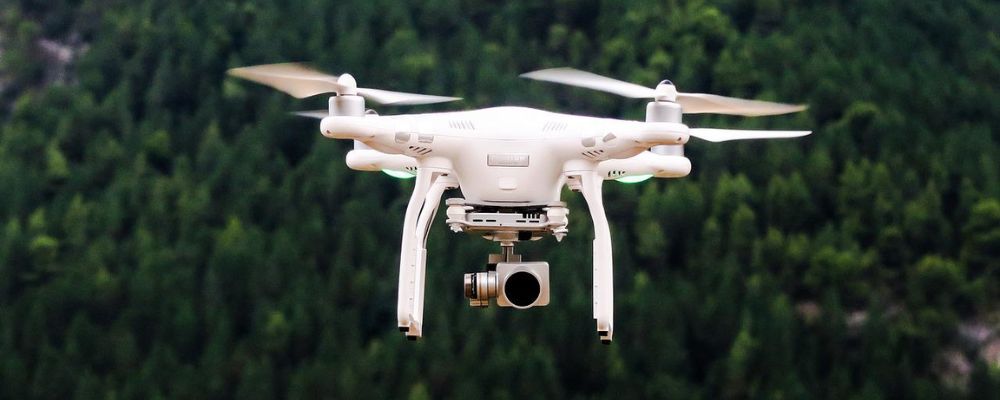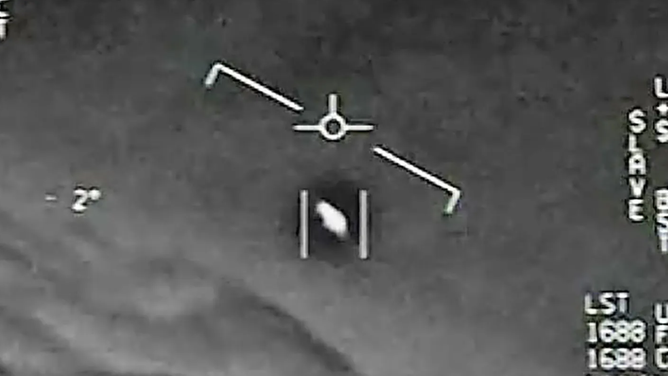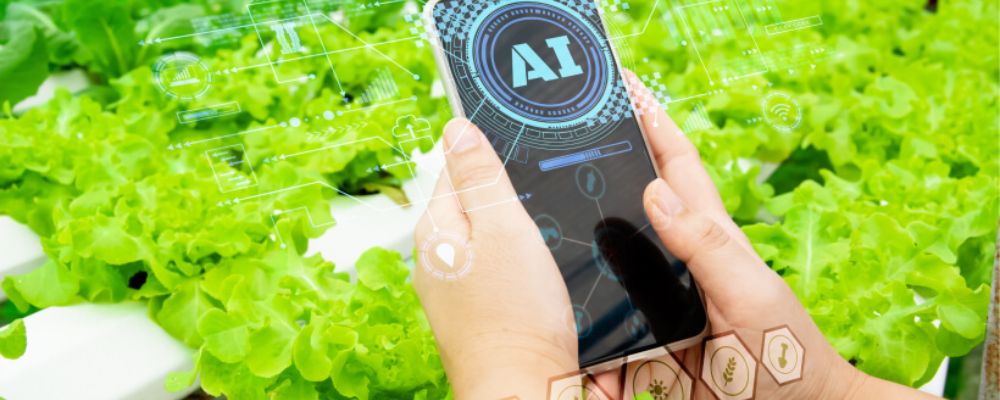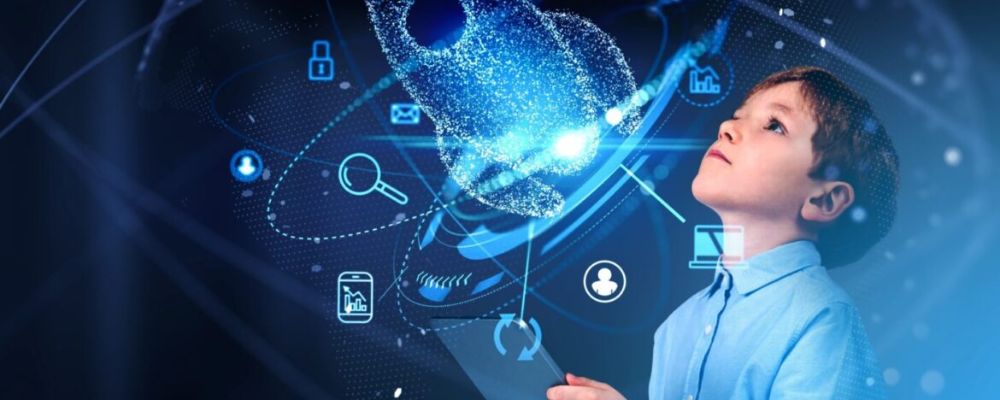
Artificial Intelligence (AI) is driving transformative changes in various industries, and its impact on drones and robotics is particularly significant. As technology advances, AI is enhancing the capabilities of both drones and robots, enabling them to perform complex tasks with greater efficiency and precision. This blog explores the key innovations in AI for drones and robotics and how they are reshaping industries.
Enhanced Autonomy in Drones
AI-powered drones are revolutionizing aerial operations by offering unprecedented levels of autonomy. Through advanced machine learning algorithms and computer vision, these drones can navigate complex environments, avoid obstacles, and make real-time decisions without human intervention. Innovations like autonomous flight paths, automated landing systems, and real-time data processing are making drones more efficient for applications in agriculture, surveillance, and disaster management.
Intelligent Robotics in Manufacturing
In the manufacturing sector, AI-driven robotics are enhancing productivity and precision. Robots equipped with AI are now capable of performing intricate assembly tasks, quality inspections, and predictive maintenance with minimal human oversight. Innovations such as collaborative robots (cobots) and adaptive learning algorithms are allowing robots to work alongside humans safely and efficiently, improving production lines and reducing operational costs.
AI-Enhanced Drone Imaging and Analysis
The integration of AI in drone imaging systems has significantly improved the quality and utility of aerial data. Advanced AI algorithms enable drones to capture high-resolution images, perform real-time analysis, and identify patterns or anomalies. This technology is particularly valuable for applications in environmental monitoring, infrastructure inspection, and precision agriculture, where accurate data and timely insights are crucial.
Robotics with Advanced AI Perception
AI is also advancing the sensory and perception capabilities of robots. Enhanced perception systems, powered by AI, allow robots to understand and interpret their surroundings more effectively. Innovations in AI-driven sensors and image recognition technologies enable robots to detect objects, recognize faces, and even understand human emotions. These advancements are paving the way for robots to perform more complex tasks and interact with humans in more meaningful ways.
Autonomous Drone Swarms
Another groundbreaking innovation is the use of AI to control autonomous drone swarms. By coordinating multiple drones through AI algorithms, these swarms can perform large-scale operations such as search and rescue missions, large-area inspections, and even environmental monitoring with high efficiency. The ability of AI to manage and synchronize multiple drones simultaneously is enhancing the effectiveness of aerial operations and expanding their potential applications.
Conclusion
The integration of AI in drones and robotics is driving significant advancements across various sectors. From enhanced autonomy and intelligent manufacturing to advanced imaging and autonomous swarms, AI is unlocking new possibilities and transforming how these technologies are utilized. As AI continues to evolve, its role in drones and robotics will undoubtedly lead to even more innovative solutions and applications.






